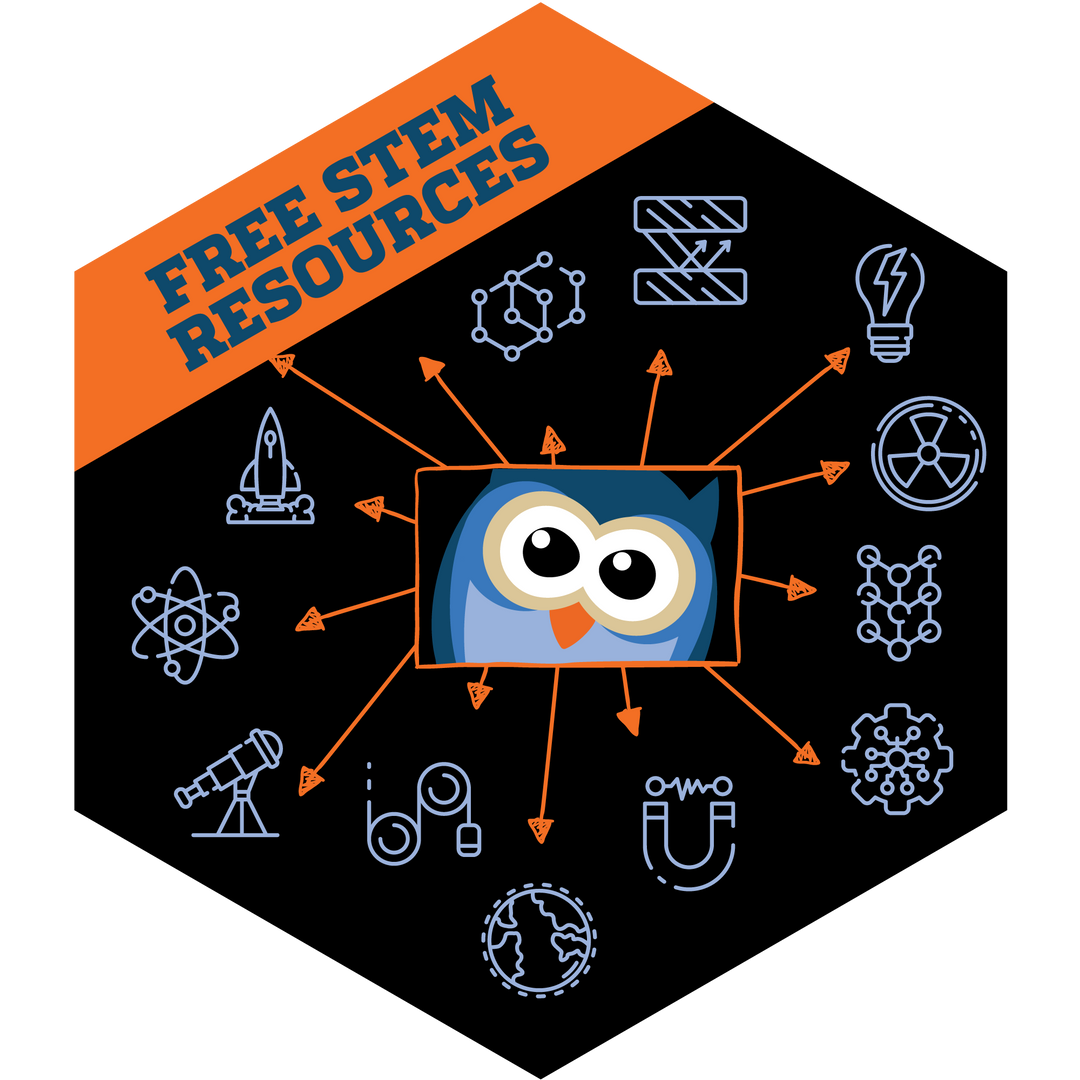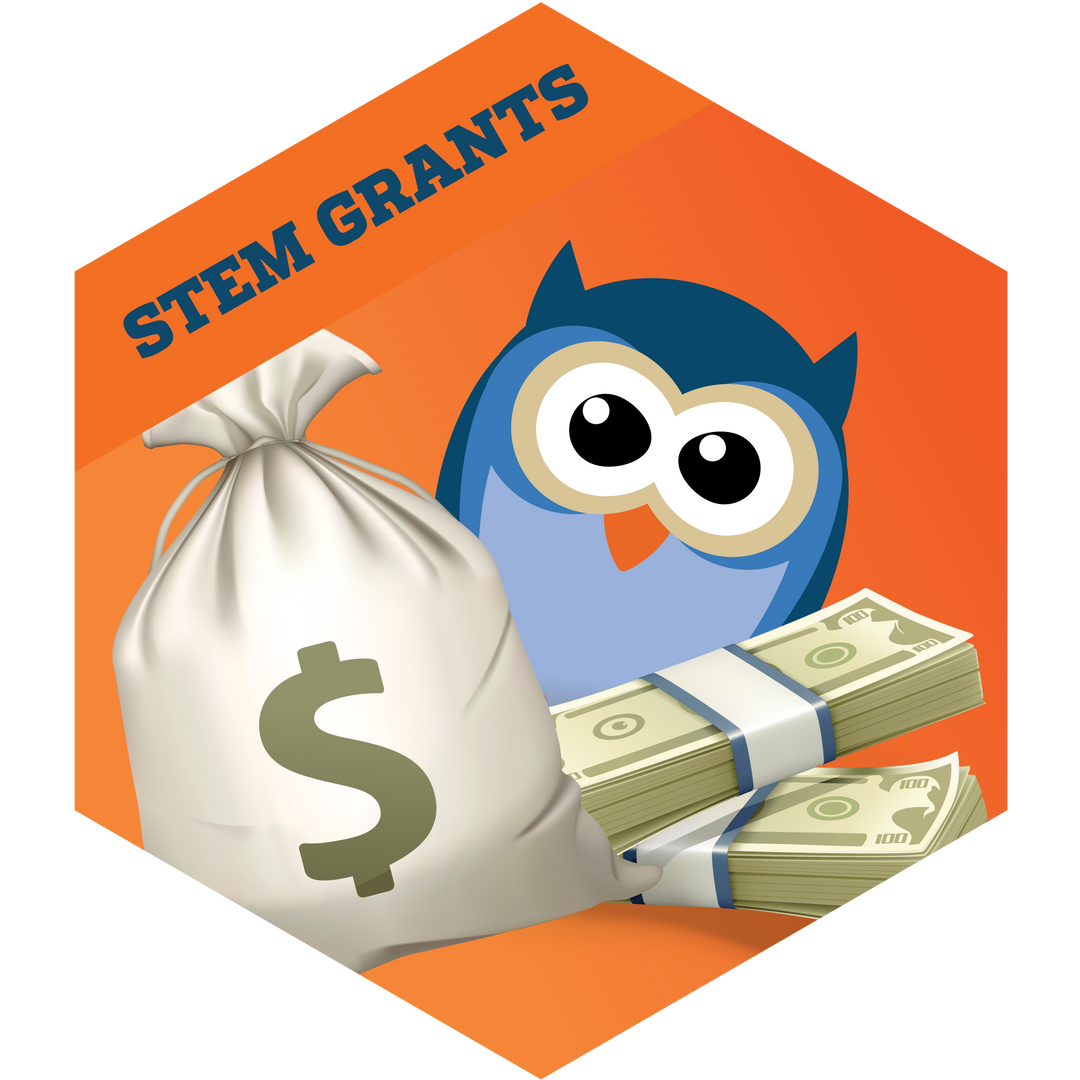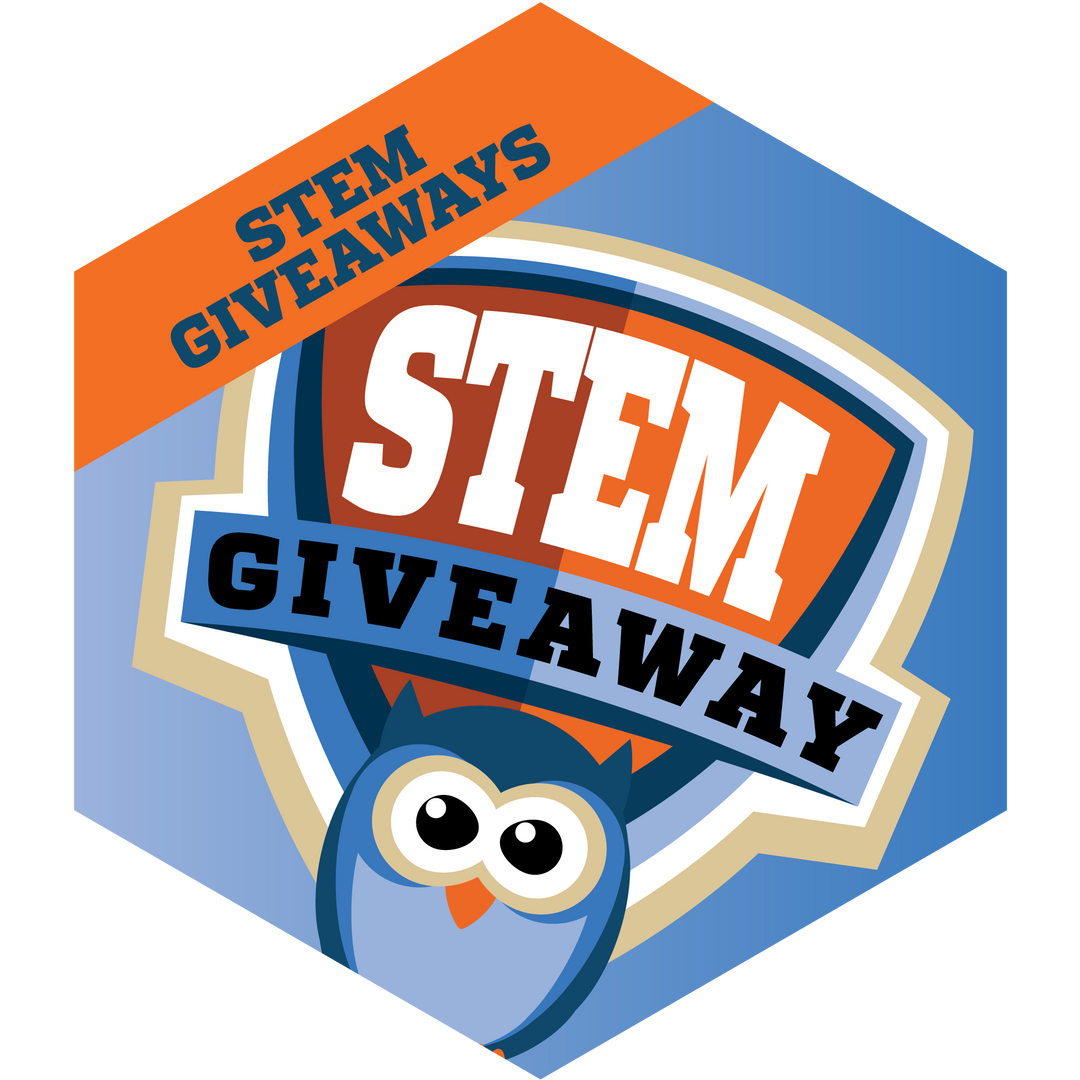NASA Human Exploration Rover Challenge | NASA
Overview
The primary objective of NASA Human Exploration Rover Challenge (HERC) is for teams of students to design, develop, build, and test human-powered rovers capable of traversing challenging terrain and a task tool for completion of various mission tasks.
Teams earn points by successful completion of design reviews, designing and assembling a rover that meets all challenge criteria, and successfully completing course obstacles and mission tasks. The team with the highest number of points accumulated throughout the project year in each category (high school and college/university) will be the winner.
The competition course requires two students, at least one female, to use the student-designed vehicle to traverse a course of approximately half-mile that includes a simulated field of asteroid debris, boulders, erosion ruts, crevasses, and an ancient streambed. The challenge’s weight and time requirements encourage the rover’s compactness, light weight, high performance, and efficiency. As part of the competition, rover entries are tested to ensure they would fit into a lander storage area, a maximum 5 feet long by 5 feet tall by 5 feet in volume. Just as in the Apollo 14 surface mission, teams must make real-time decisions about which mission objectives to attempt and which to leave behind—all driven by a limited, virtual eight-minute supply of oxygen. Like in the Apollo 15 mission, competing teams must be prepared to traverse rough terrains over the course of three competition days on a roving vehicle while carefully collecting terrain material and conducting science experiments that are crucial for the mission.
During its 20-year run, NASA’s Great Moonbuggy Race engaged more than 10,000 students and demonstrated that these budding scientists and engineers were capable of complex work. HERC continues that tradition by providing an authentic engineering experience. Student teams design, build and test technologies that enable rovers to perform in a variety of environments. HERC inspires participants to become the engineers to design NASA’s next-generation space systems.
Explorers can learn from the challenges of our predecessors as we pursue future missions. In 1971, Alan Shepard, Stuart Roosa and Edgar Mitchell launched on Apollo 14, an extraordinary, complex mission to the Moon. Like other missions, their story is one of man’s battle against almost impossible odds, a story of highs and lows.
While Roosa remained in orbit aboard the capsule, one task assigned to Shepard and Mitchell was to explore the Cone Crater to better understand the Moon’s early history. Scientists believed that rocks near the crater’s edge would yield some of the oldest material. At one point during the trek, Shepard’s heart rate reached 150 beats per minute (bpm). Both astronauts were stopping to take breaks, perspiring and gulping intakes of oxygen, and the internal temperature of their suits was rising dramatically. The crew had been gone from the lunar module Antares for two hours and were running out of time and oxygen. They had difficulty navigating the slopes and fell 30 minutes behind schedule. As a result, they reached a point within 50 feet of the rim of the crater before turning back toward Antares. The crew gathered 99 pounds (45 kilograms) of lunar material and achieved the goal of reaching the vicinity of the crater.
Later that year on July 26, 1971, David R. Scott, James B. Irwin, and Alfred M. Worden launched on Apollo 15, a three-day mission during which they utilized the first automotive vehicle on the moon, the Lunar Roving Vehicle (LRV). With this rover, astronauts were able to collect more lunar samples than the previous two Moon-landing missions combined and spent twice the time on Moon than Apollo 14. Taking inspiration from the LRV, HERC aligns with NASA’s mission to further scientific explorations of and experiments on the lunar surface with the use of a roving vehicle.
NASA’s goals with the Artemis mission are to send the first woman and first person of color to the Moon for exploration and to develop a sustained human presence. Lunar science on the surface of the Moon will be conducted with polar and nonpolar landers and rovers which will explore areas not investigated during Apollo missions. This student design challenge encourages the next generation of scientists and engineers to engage in the design process by providing innovative designs and unique perspectives. The challenge also continues the agency’s legacy of providing valuable experience to students who may be responsible for planning future space missions including crewed missions to other worlds.



